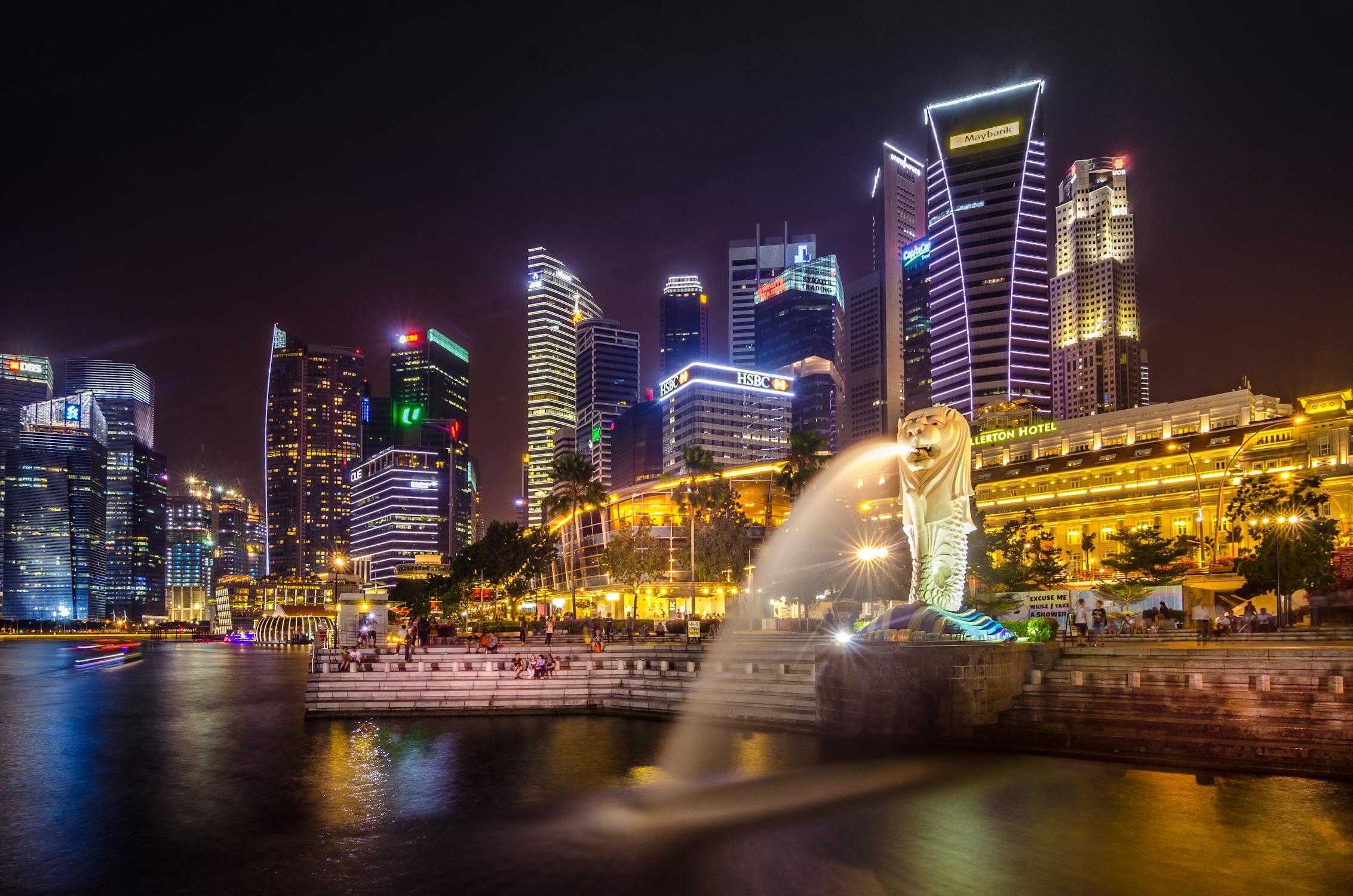During the summer of 2023, the team from Luxeplace.com embarked on a new journey of European fashion exploration. Traveling through countries such as Italy, France, Greece, Germany, Switzerland, and the Czech Republic, the Luxeplace.com team engaged in intensive exchanges with industry professionals, collecting first-hand information about the state of the European fashion industry. By comparing the developmental characteristics of the fashion industries in China and Europe, the team arrived at new insights and reflections. This article will delve into the following three perspectives:
1. The Fashion Business System Cultivated Over the Years: Hidden Currents Beneath the Equanimity
2. Diverse and Mature Industry Ecosystem: Providing Growth Space for Emerging Brands
3. Collaboration Beyond Individual Efforts: Addressing the Talent Bottleneck Across the Entire Industry
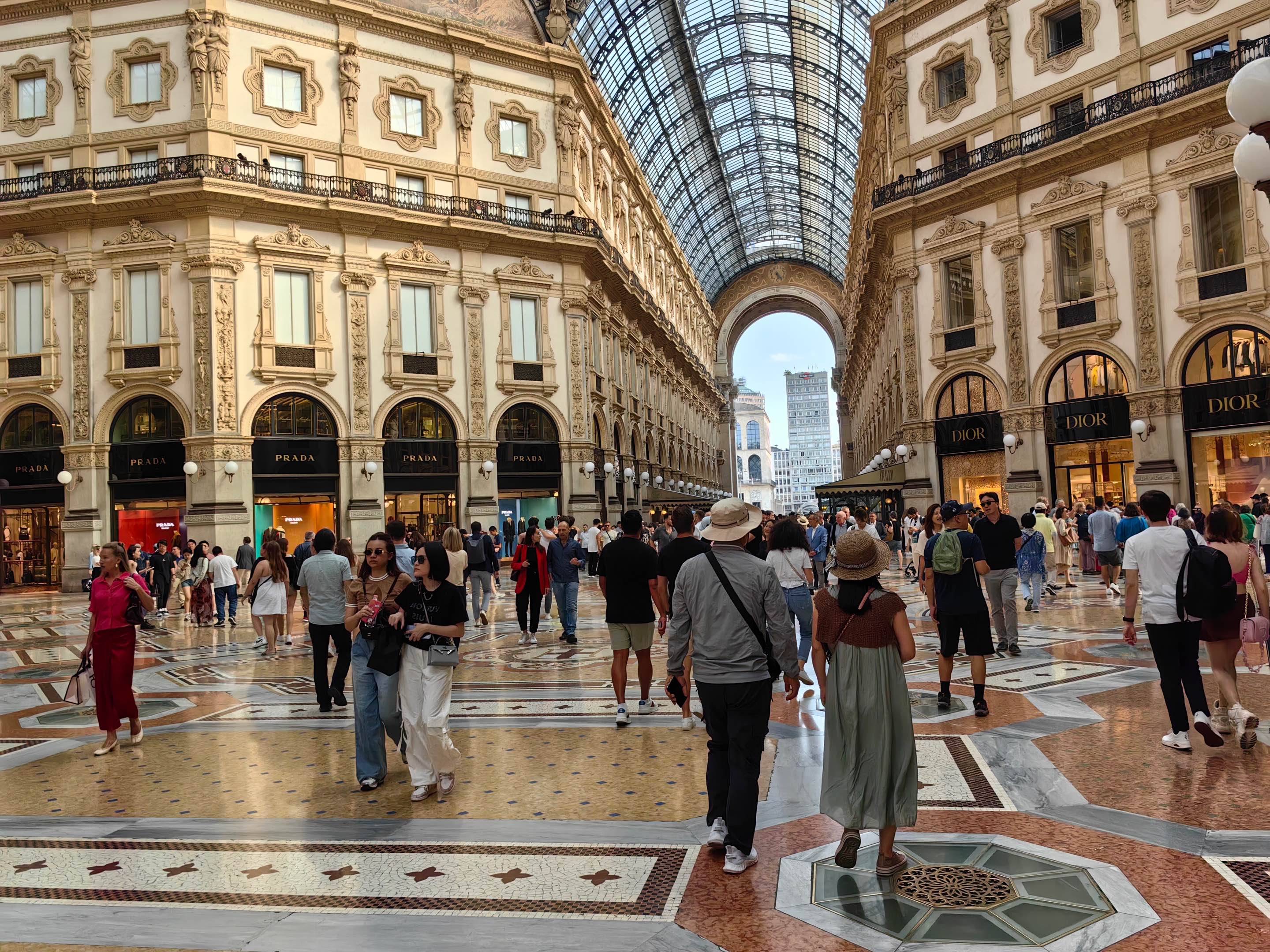
The prosperous corridor of Milan’s Via Montenapoleone continues to thrive
The Fashion Business System Cultivated Over the Years: Hidden Currents Beneath the Equanimity
Contrasting the rapidly changing landscape of commercial districts and alleys in China with the perceived “constant” and “tranquility” of the European fashion industry, the most striking sensation for the Luxeplace.com team in Europe is a sense of continuity and equanimity.
On one hand, many stores are situated within centuries-old historic buildings, exuding a tranquil and equanimous presence. On the other hand, the consumption of fashion and luxury goods in Europe has long surpassed its peak, and people are not as fervently pursuing novelty as Chinese consumers. Therefore, many luxury brands’ street-side stores don’t overly focus on their storefronts—perhaps due to the restrictions of historical buildings that prevent drastic changes in appearance, or maybe because local consumers aren’t necessarily seeking opulent or innovative exteriors.

Hermès and Moncler stores in Lugano, Switzerland
From this perspective, it’s not difficult to understand why many luxury brand executives are willing to explore the Chinese market: Chinese stores boast more cutting-edge designs and varied styles, providing them a chance to see many new aspects and witness the brand’s external image climbing higher.
In terms of brand store style, there’s no definitive superiority between China and Europe. However, people’s expectations regarding luxury brands on the two continents differ slightly. In China, the term “brand” implies a continuous sense of novelty and an unending stream of surprises, while in Europe, people usually sense the historical background and local style of a brand more intuitively. Consumers are drawn into less conspicuous stores by the details displayed in the shop windows, experiencing the style and texture of the season’s products. During this experience, so-called “iconic products” are less prominent, while personalized products tailored to a stable clientele prevail.
Comparatively, due to the dispersal formed by population distribution and historical evolution, brand stores in Europe are not solely concentrated in major cities like Milan and Paris. They’re scattered across distinctive cities and even small towns, resembling “capillaries” that provide daily consumption options for locals. In streets and alleys in places like Monaco, Lugano in Switzerland, Turin in Italy, and Lake Garda, we encountered brand stores integrated into local settings.

Louis Vuitton window display in Lugano, Switzerland

Goyard window near the Monte Carlo Casino in Monaco
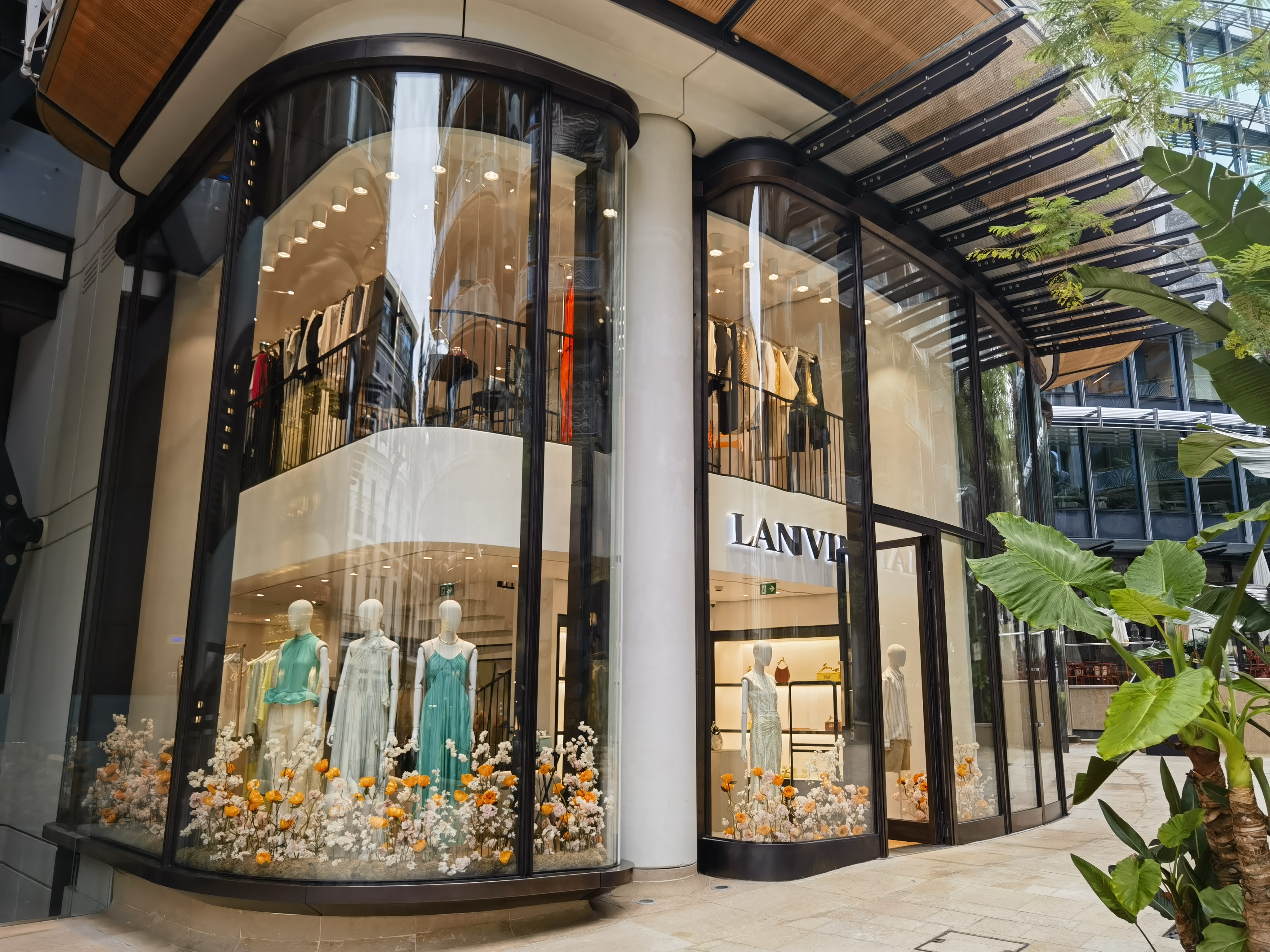
Lanvin store in the newly completed ONE Monte-Carlo commercial complex in Monaco
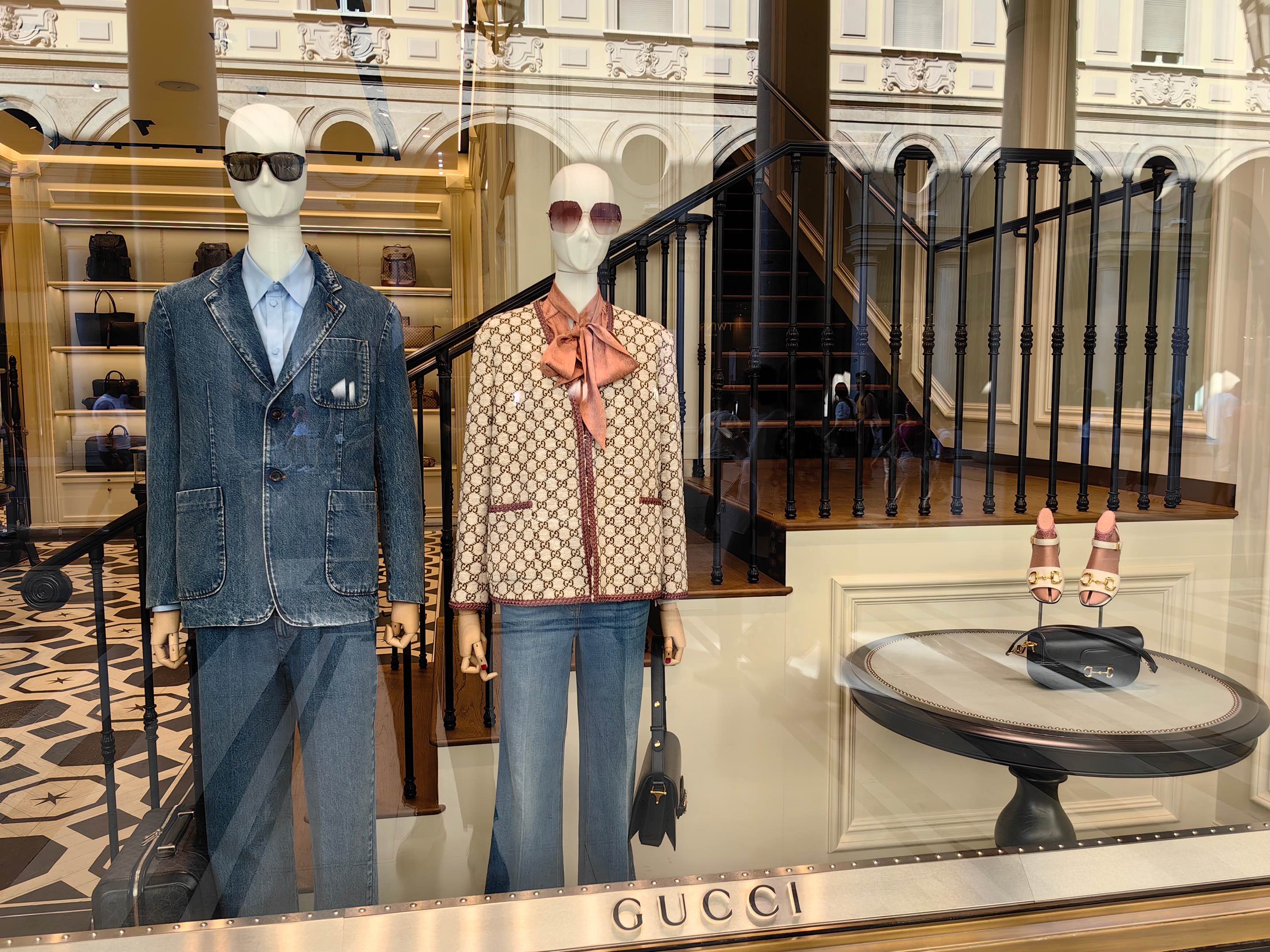
Gucci window display in Turin, Italy
In Europe, apart from major cities where international tourists gather, scenes of young people queuing to purchase luxury goods are rare. The clientele of these brands in Europe tends to be older, and many retired individuals engage in daily consumption. They might be individuals who have been purchasing luxury goods their whole lives, understanding what brands and styles suit them best, and holding a more composed attitude toward luxury products. Even if they are dressed head to toe in luxury brands, there’s a feeling that the clothes are “worn by people” rather than the other way around.
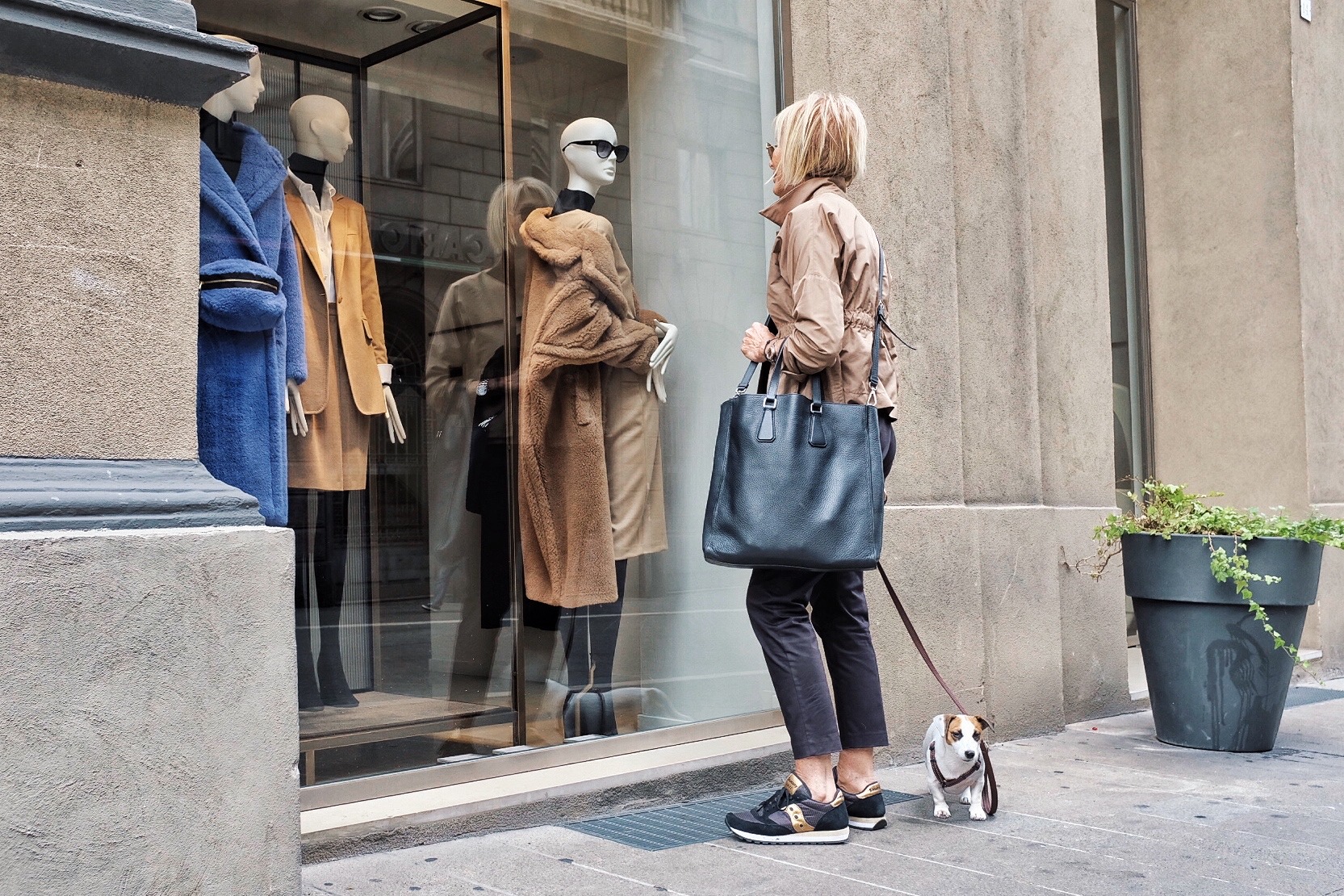
With this in mind, we can envision substantial room for the continued development of China’s luxury goods industry. Currently, luxury consumption in China is concentrated in large cities and a handful of shopping malls and districts. As China’s national strength grows and average income and purchasing power increase, luxury brand stores might extend to different regions and levels of towns, quietly becoming a part of local daily life.
Diverse and Mature Industry Ecosystem: Providing Growth Space for Emerging Brands
During this European expedition, the Luxeplace.com team discovered that despite the seemingly unchanging business districts, new fashion brands are still emerging incessantly. In contrast to the ebb and flow of China’s social media and venture capital trends, brand entrepreneurship in Europe seems to be a less “boisterous” affair.
The reason lies in the multi-tiered fashion industry ecosystem that Europe has cultivated over the years. The concept of concept stores originated in Europe, where operators select individual items of clothing, shoes, and accessories from various fashion or luxury brands, creating a unique style taste that attracts people from around the world with diverse fashion preferences. To this day, the concept store system remains strong in Europe. Many luxury and designer brands start by entering the market through concept stores, establishing an early operational scale. Concept stores are also maintained as important distribution channels.
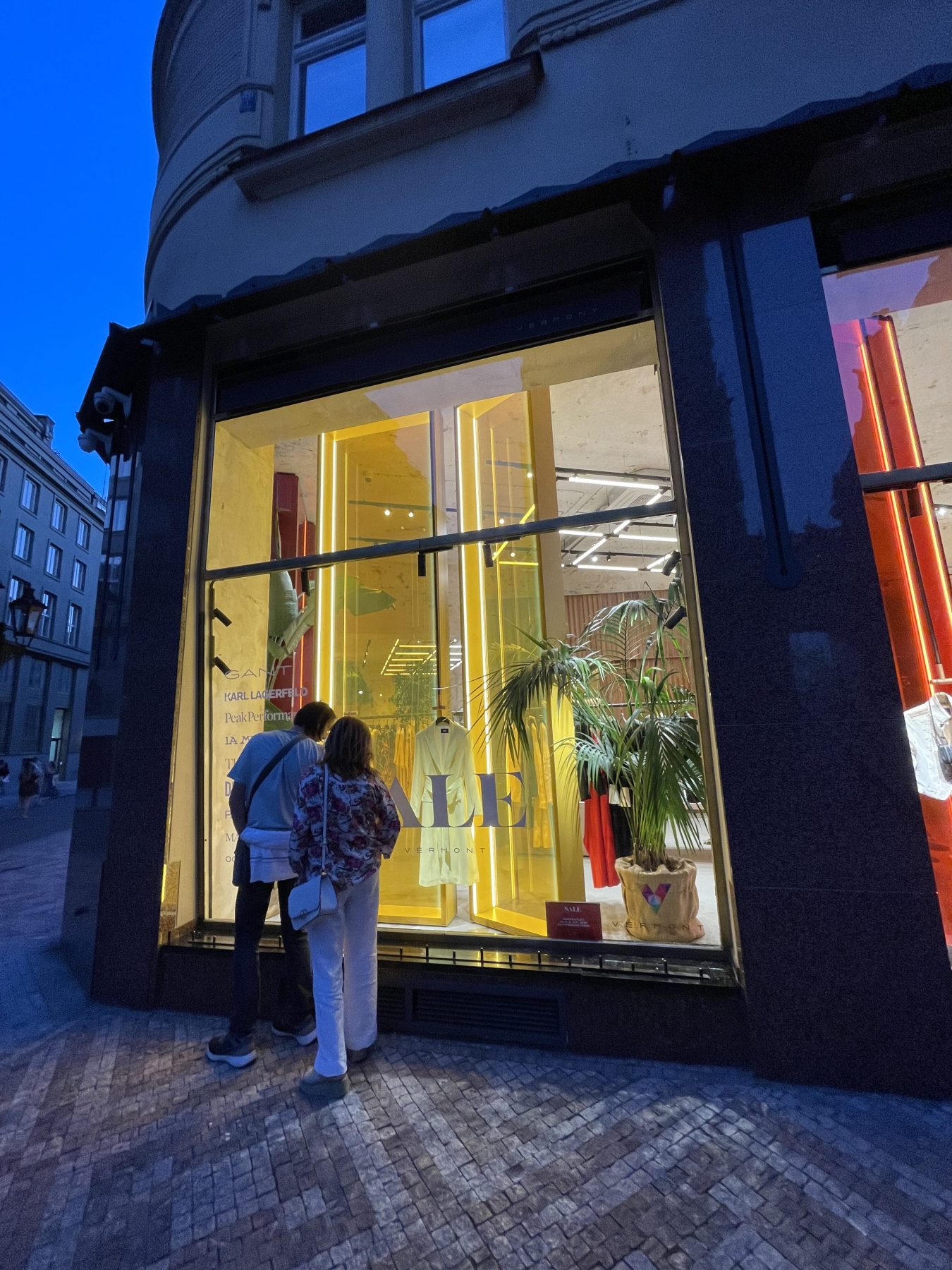
Passersby stop at the window display of Vermont, a concept store in Prague, Czech Republic
For a nascent European brand, the most crucial task is to make concept store buyers feel that the current season’s products possess distinctiveness and are worthy of being ordered. Concept store buyers play a significant role during fashion weeks and industry events. They uncover emerging or niche designer brands, providing a platform for budding talents in the fashion industry and acting as a crucial channel for fresh blood to enter the fashion industry. Therefore, industry events like Pitti Uomo in Florence (pictured below), which gather concept store buyers from all over Europe, hold immense value for new brands.

It’s difficult to imagine that a European brand would open standalone stores immediately upon inception. Many brands consider opening stores only after reaching annual revenue levels of around €30 million. Although there are also emerging brand concept stores in China, a fledgling brand must establish its own channels, either online or offline, to build direct interactions with customers and achieve a certain level of sales scale.
In Europe’s mature fashion industry ecosystem, concept stores have diverse development paths. Taking Italy as an example, the country boasts various concept stores. There’s LuisaViaRoma, which is located in Florence and also ventured into e-commerce early on; Tessabit, which thrives thanks to its proximity to Lake Como’s tourism resources, as well as 10 Corso Como, one of Milan’s urban landmarks, and Antonioli, a concept store under the New Guards Group (NGG) that focuses on nurturing streetwear and designer brands and collaborated with the late designer Virgil Abloh to create Off-White.

Display installation in the boutique concept store LuisaViaRoma in Florence
Last December, another renowned Italian concept store, ANTONIA, took up residence in the Portrait Milano hotel on Venice Avenue in Milan, owned by the Ferragamo family (pictured below). This concealed landmark, transformed from a theological seminary established in 1564, is hard to spot from the outside but offers a wide expanse once you enter, making it a hidden treasure. In a city that seems ancient and unchanging, these concept stores and boutique hotels inject new vitality into traditional properties.

Exterior of Portrait Milano
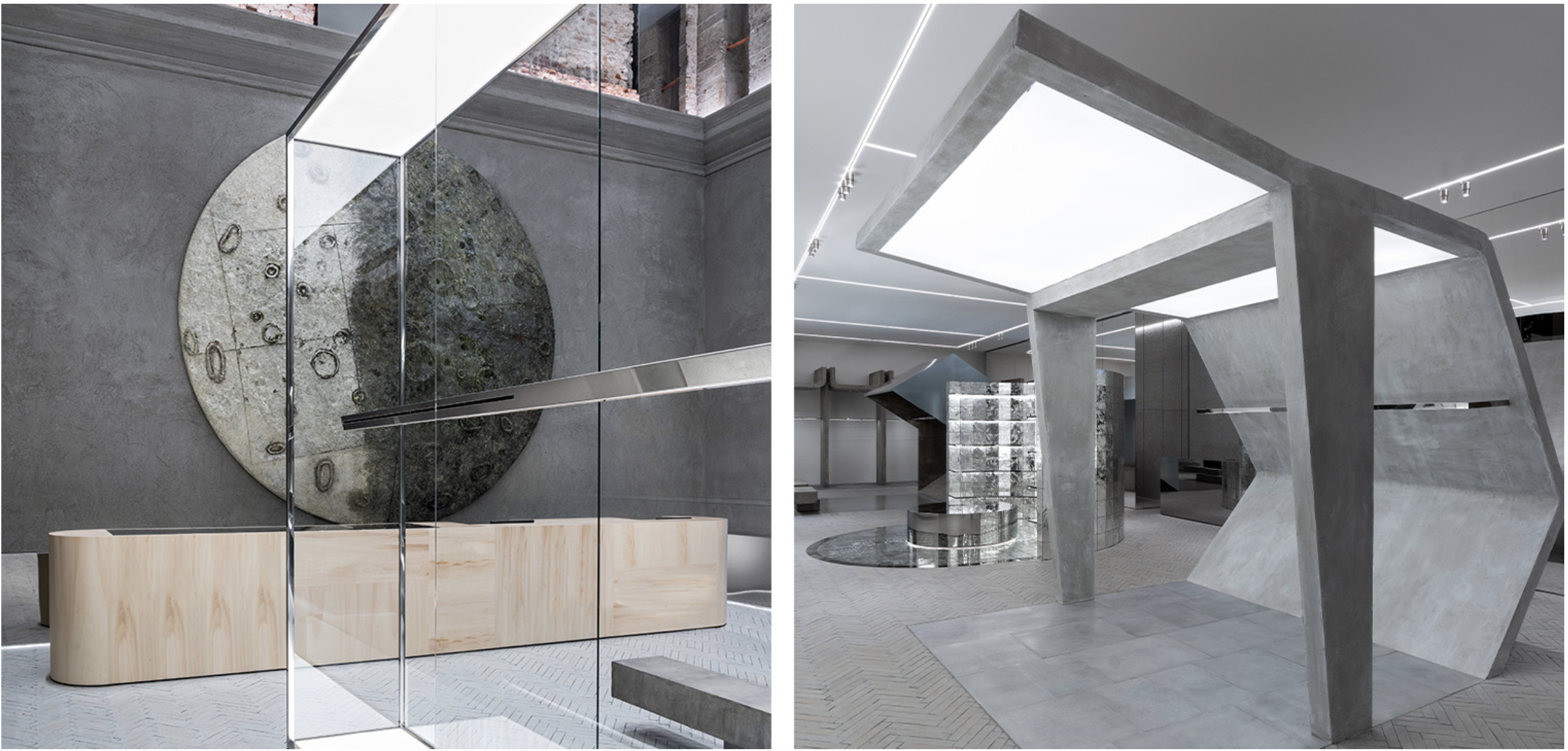
Interior of ANTONIA’s flagship store within Portrait Milano (Source: ANTONIA official website)
Collaboration Beyond Individual Efforts: Addressing the Talent Bottleneck Across the Entire Industry
In Milan, Luxeplace.com visited a long-standing fashion craft school, engaging with the executive team to discuss talent-related issues in the fashion industry’s development. Even in Italy, which boasts high-end manufacturing craftsmanship, talent remains the most significant bottleneck impeding the fashion industry’s progress. Despite Italy’s positive start in the market this year, with exports exceeding expectations, the entire industry chain is still grappling with the concern of a shortage of skilled workers, affecting luxury brands as well as small and medium-sized ones.
In recent years, numerous luxury brands have chosen to reshore their supply chains to Italy. According to a survey conducted by a European reshoring monitoring organization from 2015 to 2018, Italy ranked second in the number of reshoring cases, surpassed only by the UK and ahead of France. After the pandemic, many small workshops have closed, exacerbating the shortage of skilled labor. The remaining sewing workshops are approaching saturation.
Currently, several European luxury companies have taken action, collaborating with local fashion craft schools in Italy to cultivate fashion technology talents. They jointly create craft courses parallel to the brand’s design and production process, enabling students to acquire skills and mindset suitable for brand practice—nurturing professional talents requires the continuous transmission of precise skills, which necessitates teaching from skilled craftsmen. These competing companies have reached a consensus that the talent issue isn’t exclusive to a single enterprise; only by collaborating beyond individual efforts can they find solutions.

|Image Credit: Unless otherwise specified,all images are taken by the Luxeplace.com team
|Editor: Maier



